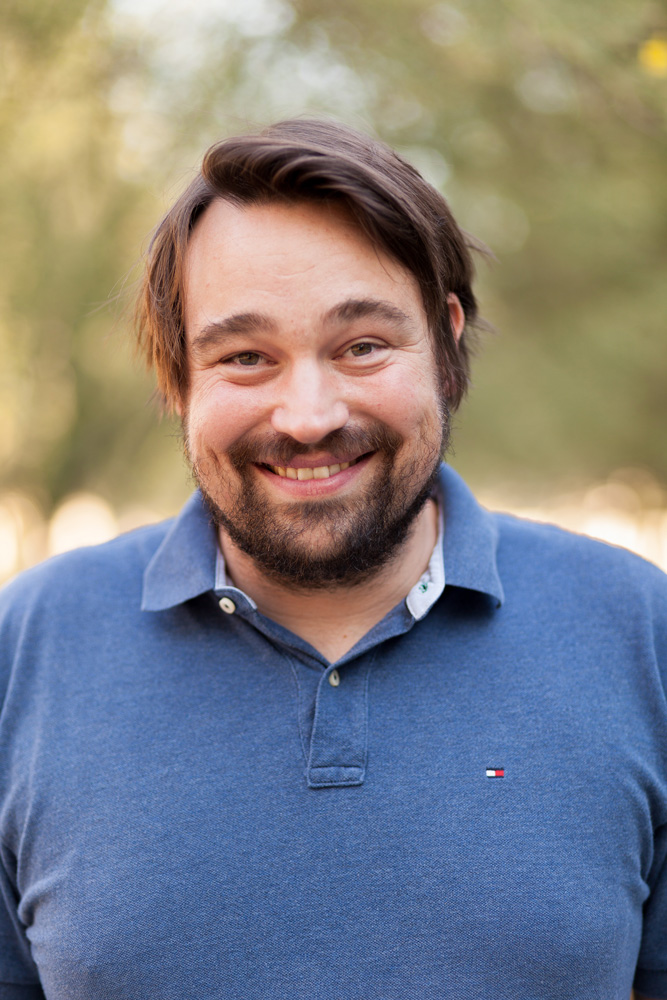
Kristan Temme
“I love the way this research topic incorporates a lot of different strategies and tools, and I find that really aesthetically pleasing. It has a nice combinatorial aspect and a nice geometric aspect to it, and that’s what makes it compelling to me. There are some really neat tricks and ideas that you can apply to address these fundamental questions.”
Research Staff member – IBM, 2015
- IQIM Postdoctoral Scholar Alumnus
Interview
Suppose someone gives you a fully working quantum computer — what processes or programs are you going to run on it? I work on developing quantum algorithms to simulate quantum physics, which can’t be modeled using a classical computer. I look at what kinds of physical systems you can simulate, and how quantum algorithms can be used to compute certain quantities in condensed matter systems. One formal aspect that I study involves Markovian quantum processes, which are memoryless in the same sense as a random walk: the next step never depends on the prior trajectory. Because of this property, these processes make good thermal noise models for quantum mechanical systems, which is important for quantum computing because we want to be able to design memories that are robust to noise and protected from decoherence. If you put a quantum state into the system, you want it to be stable for a long time. These quantum Markovian processes can be used to describe noisy evolution on that system to some extent. Whether you’re interested in developing algorithms or in trying to design these memories that can withstand noise, one central question is how long it will take for a process to converge, and I have been developing a general framework to estimate that convergence time. Since arriving at IQIM, I have also started to look more in a topological direction at particular models for memory, which is interesting from a condensed matter point of view as well.
I love the way this research topic incorporates a lot of different strategies and tools, and I find that really aesthetically pleasing. It has a nice combinatorial aspect and a nice geometric aspect to it, and that’s what makes it compelling to me. There are some really neat tricks and ideas that you can apply to address these fundamental questions. The subset of topics I’m interested in also seems to crop up in different areas of research all the time, and it’s always nice to see your work being used for a variety of applications. I’ve gotten to learn a lot about adjacent fields, and the environment at IQIM encourages communication and collaboration, which also makes for a very relaxed and stimulating atmosphere.
When I’m not working, I spend most of my time with my family. I have two young daughters, so there’s a lot of playing, diaper changes, the usual life stuff. I also picked up surfing since we moved to Los Angeles, and when I have the time I go down to the beach on Sunday mornings when the traffic is pretty light to go surfing for a bit. I love how easy it is to get out of the city, and it’s really great how many National Parks are accessible around here. Many of them are close enough to visit on a weekend or even a day trip, and I really enjoy that. Other than these things, I read a lot when I have spare time, although that tends to vary with family and work responsibilities quite a bit.